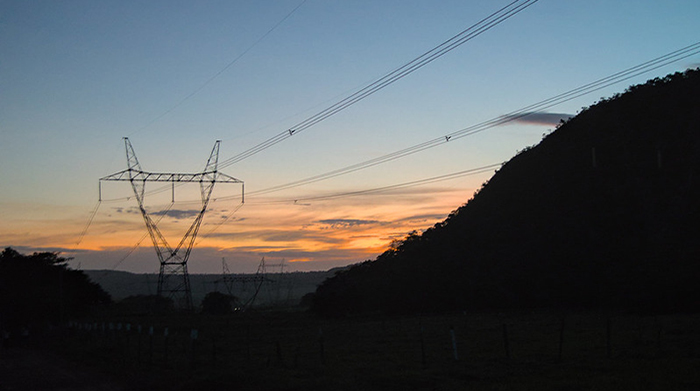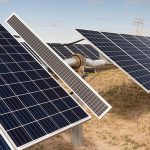Increased Infrastructure Development Requires Legislative Changes

Image courtesy of Heitor de Bittencourt under Attribution-NonCommercial-NoDerivs 2.0 Generic, resized to 700 x 391 pixels.
The pace of electricity infrastructure development in the U.S. is not keeping up. Demand for power has increased dramatically over the past few years mainly due to the emergence of new, power-hungry technologies. And demand is expected to increase even more substantially over the next decade thanks in large part to the construction of new data centers, as well as general electrification from things such as the growth in electric vehicle usage and the push for heat pumps. In addition, increased climate extremes require substantial investments in system hardening.
For these and similar reasons, most industry experts agree that the pace of electricity infrastructure development needs to accelerate. Unfortunately, this is easier said than done. Simply put, many of these projects are stuck in the mud and require fresh approaches.
What Needs to Happen to Streamline Infrastructure Development?
Infrastructure development headwinds include delays stemming from slow transmission permitting approvals and utility supply chain challenges, as well as financial challenges stemming from inflation.
One way to help mitigate these issues is to expand the capacity of existing infrastructure. While new infrastructure is clearly needed – especially as it relates to renewable energy – some of the demand gap can be reduced by squeezing more out of what already exists. Examples include advanced power flow control solutions (APFC), virtual power plants (VPPs), technologies designed to extend the lives of old power plants, and technologies to enhance system reliability.
In terms of new infrastructure, President Trump has stated that he wants to issue a national energy emergency to increase domestic energy supplies, but it is unclear if this will happen and what form it would take. At a minimum, some red tape should be removed from the permitting process to ensure approvals are granted faster. The introduction of additional funding avenues would also be beneficial.
To sum it up, we need the pace of infrastructure development to increase to avoid a bleak energy future.



